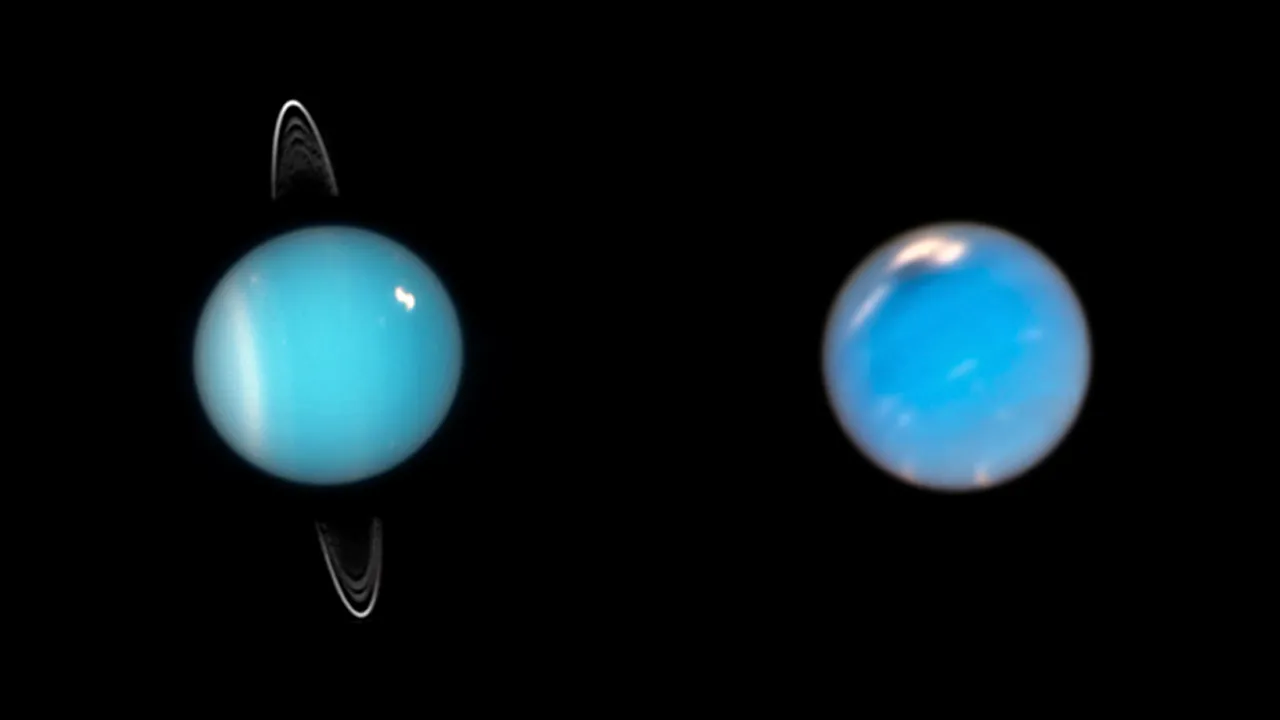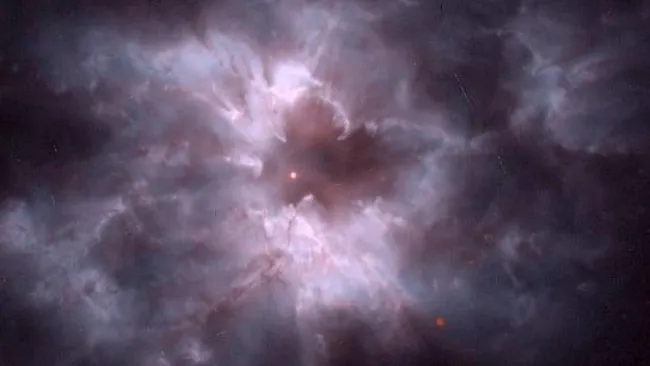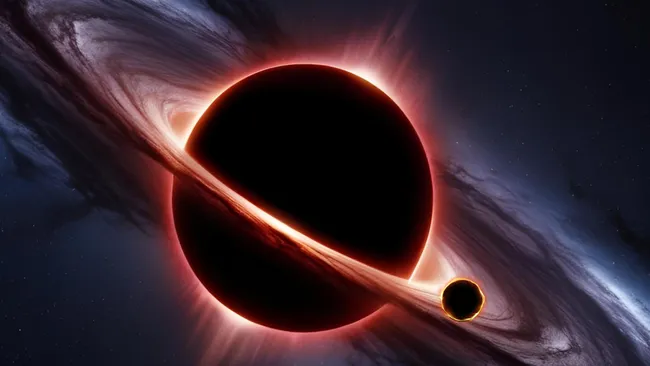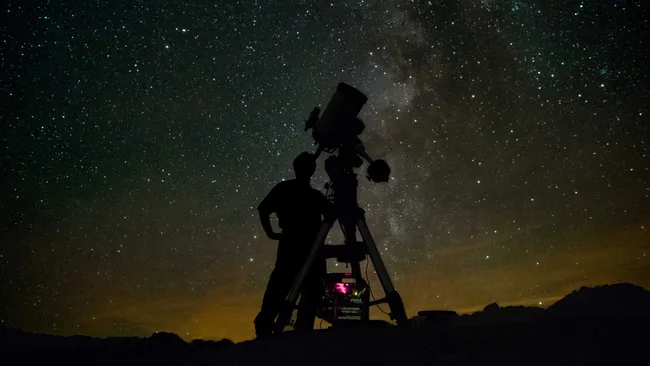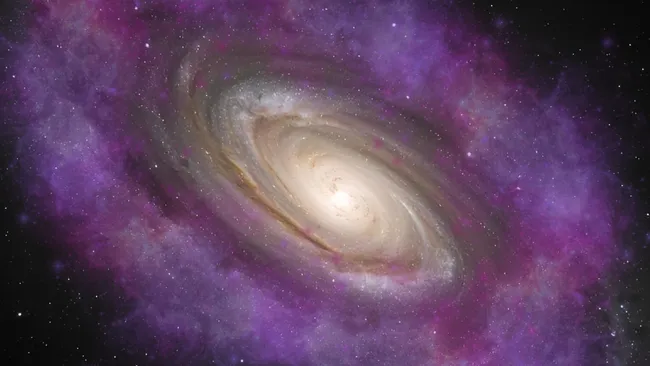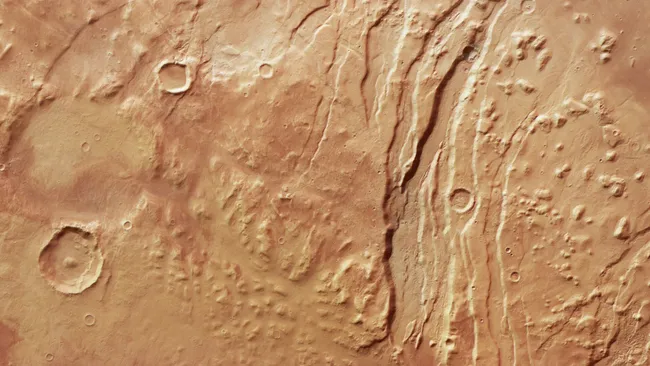Astronomers may have to rethink what they know about Uranus and Neptune.
New research suggests that these two planets—long labeled as “ice giants”—could actually be “rocky giants”, completely reshaping our understanding of their composition and the solar system’s evolution.
For decades, scientists believed that Uranus and Neptune were largely made up of water, ammonia, and other frozen compounds. However, according to a new pre-print study accepted for publication in Astronomy and Astrophysics, the traditional “ice giant” model might be misleading.
Since the Voyager 2 flybys more than 30 years ago, there has been little direct data about these distant planets. Unlike Jupiter and Saturn, which received dedicated missions like Cassini and Juno, Uranus and Neptune remain largely unexplored.
To address this, researchers generated thousands of randomized internal models of Uranus and Neptune, comparing them with available data such as magnetic fields, density measurements, and atmospheric features. The results matched some expectations—each planet contains less than 25% hydrogen and helium, with layers of electrically conductive materials explaining their magnetic fields.
But one finding upended everything: we may have no idea what’s truly inside Uranus and Neptune.
The rock-to-water ratio for Uranus, for example, ranges from as low as 0.04 to as high as 3.92—meaning it could be almost entirely water or mostly rock. Neptune appears slightly better understood but still displays a wide margin of uncertainty, possibly containing up to five times more water than rock, or twice as much rock as water.
If that’s accurate, then the label “ice giants” may be wrong. Their interiors could contain more rocky material than even Jupiter or Saturn, despite being significantly smaller.
Such a revelation would shake current models of solar system formation, as it implies a massive redistribution of rocky material into the outer solar system—something scientists didn’t think possible.
Experts agree that only a dedicated mission to Uranus or Neptune can settle this debate.
Until a new spacecraft ventures there, the true nature of these mysterious planets will remain hidden beneath their cold, blue clouds.

